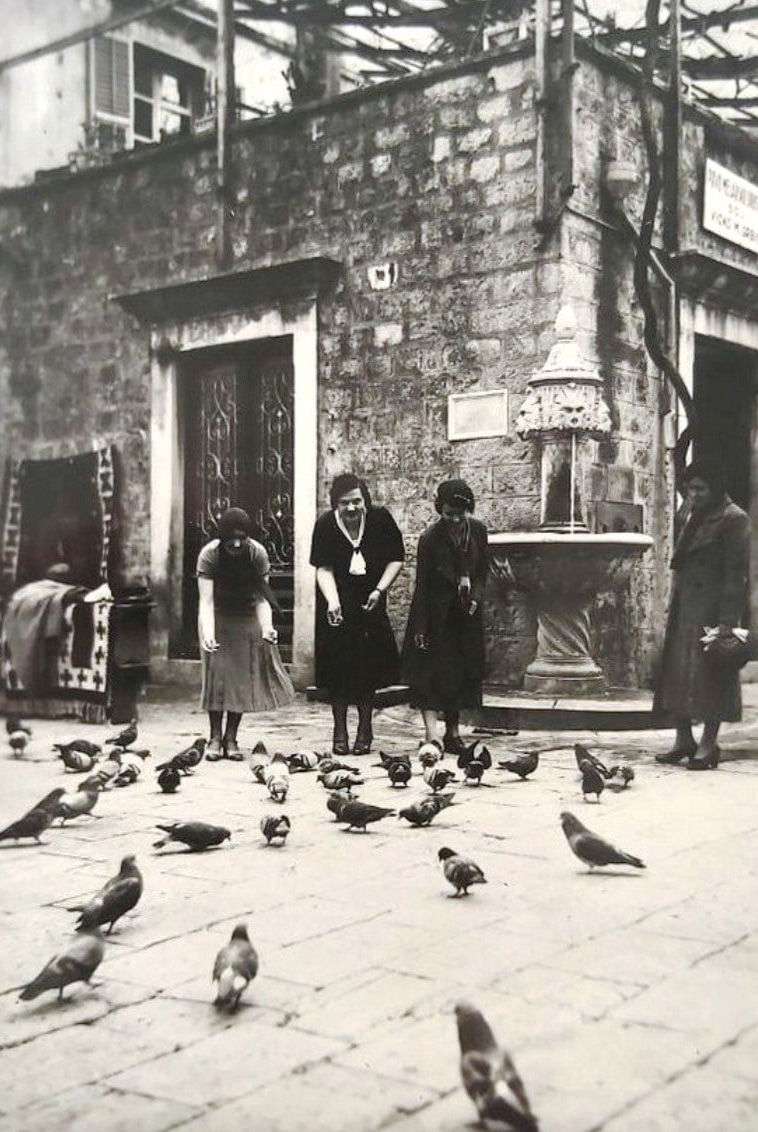

THE CITY OF DUBROVNIK
About Dubrovnik
Dubrovnik is a city in southern Croatia fronting the Adriatic Sea. It's known for its distinctive Old Town, encircled with massive stone walls completed in the 16th century. Its well-preserved buildings range from baroque St. Blaise Church to Renaissance Sponza Palace and Gothic Rector’s Palace, now a history museum. Paved with limestone, the pedestrianized Stradun (or Placa) is lined with shops and restaurants.
Round Fort Minčeta protects the landward edge of the city from attack. Fort Bokar is the westernmost tower, built to protect Pile Gate. Fort Lawrence, a large, free-standing fortress, was built to guard the city's western approach from invasion by land and sea, with walls from 13ft to 39ft (4m to 12m) thick. The views back over the old town from here are wonderful.
Fort Revelin is the largest of the old-town forts. It sits separately from the city walls, overlooking the Old Harbour and the eastern entrance to the old town. The massive battlement of Fort St John dates to the 16th century, but you may be able to spot the outline of the original square tower (built in 1346) that predated it. You can pose on cannons along the upper terrace during a city walls walk, but you’ll need separate tickets to visit the attractions within.
There are ticketed entrances to the city walls near the Pile Gate, the Ploče Gate and the Maritime Museum. To reduce congestion, you're required to walk the walls in an anticlockwise direction. At busy times it can resemble a sweaty, slow-moving conga line. Don't let that put you off: the views over the old town and the Adriatic are worth any frustration resulting from a busy period.
One of the most charming aspects of the walk (although perhaps not for Dubrovnik's long-suffering residents) is the glimpses it gives into hidden gardens and courtyards in the residential fringes of the town.
Starting from the Ploče Gate entrance, you'll quickly reach St Luke's Tower (1467), facing the Old Harbour and Fort Revelin. The northern, landward section of wall is the highest, reaching a peak at rounded Fort Minčeta at the city's northwestern corner. This massive structure was completed in 1464 to designs by Juraj Dalmatinac, who is most famous as the creator of Šibenik's extraordinary cathedral. The battlements at the top provide remarkable views over the old town's rooftops. You can get a good handle on the extent of the shelling damage in the 1990s: those rooftops sporting bright new terracotta suffered damage and had to be replaced.
From here it's mainly downhill as you pass over Pile Gate and then narrow to single file as you climb towards Fort Bokar at the city's southwestern corner. The seaward stretch of the walls passes a couple of cafe-bars and souvenir stores, before terminating at Fort St John at the entrance to Dubrovnik's Old Harbour.
Game of Thrones filming locations
Dubrovnik's walls and forts feature prominently in the HBO series Game of Thrones. Fort Minčeta was used for the exterior shots of Qarth's House of the Undying, Tyrion Lannister commanded the defence of King's Landing from the seaward-facing walls during the Battle of the Blackwater and, if you can look past all of the CGI enhancements, you'll recognize Fort Lawrence as the core of the Red Keep.
Tickets can be bought at the entrance, but you will skip the line if you buy online in advance.
Don't underestimate how strenuous the wall walk can be, especially on a hot day. There's very little shelter and the few vendors selling water on the route tend to overcharge.
The 38 best Dubrovnik restaurants
Dubrovnik restaurants offer the culinary quality and variety that should be expected of such a luxury destination. But dining in Dubrovnik needn't cost an arm and a leg: many places offer simple, wholesome dishes at wallet-friendly prices.
Here is a list of the best restaurants, from budget fish and seafood to fine dining. In no particular order, these are the top tables in town.
We present you a slice of Dubrovnik's past shown in old photographs

muziqa-apartments

muziqa-apartments

muziqa-apartments

muziqa-apartments

muziqa-apartments

muziqa-apartments

muziqa-apartments

muziqa-apartments

muziqa-apartments
